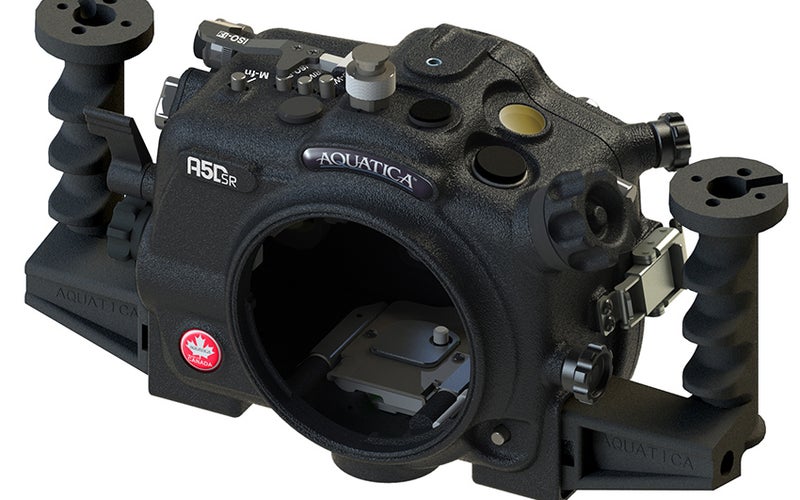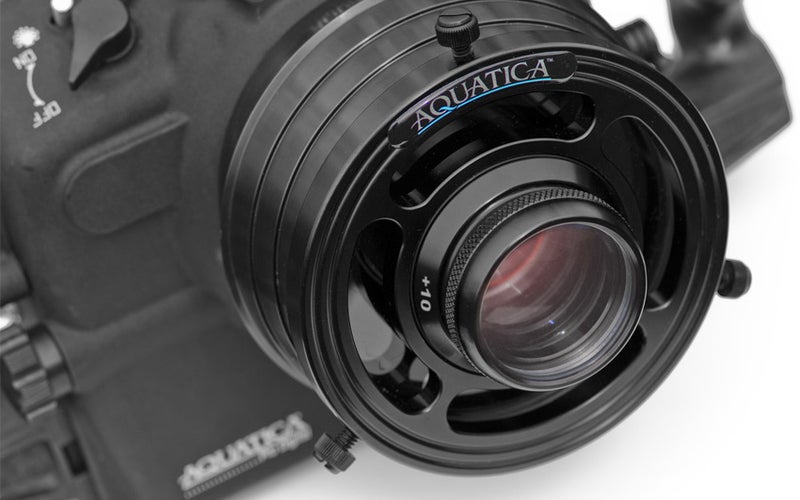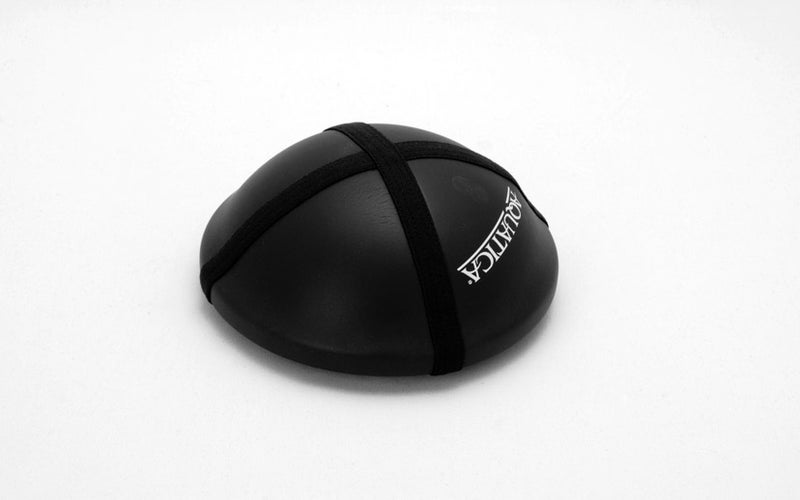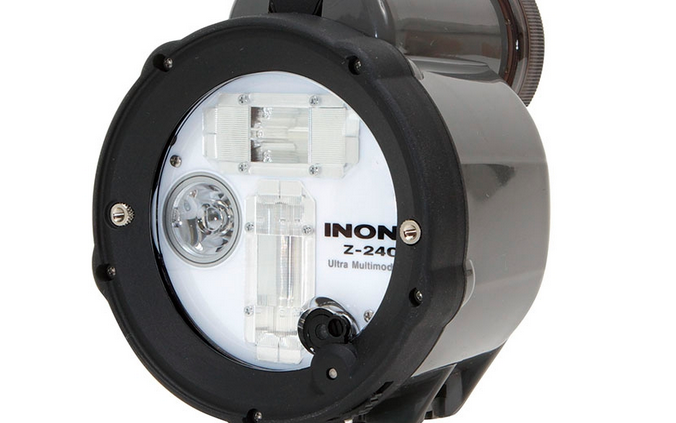Buying the Right Underwater Camera Housing For Your Photography
A serious underwater rig will let you capture things otherwise impossible
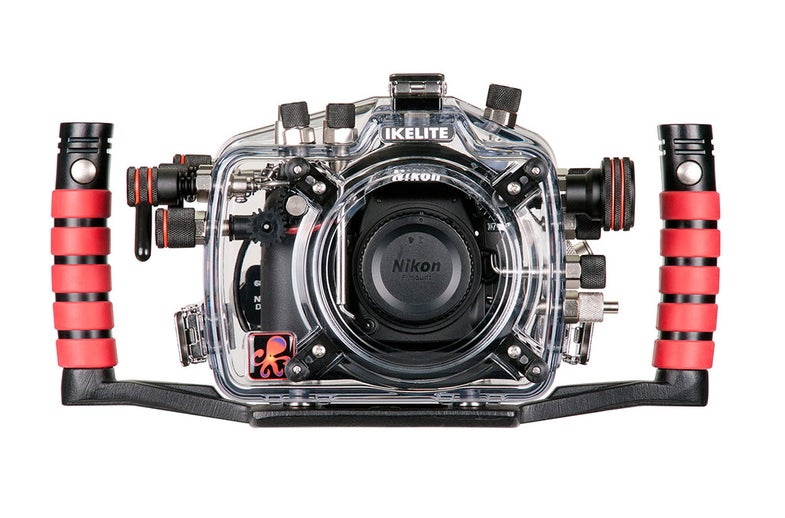
We may earn revenue from the products available on this page and participate in affiliate programs. Learn more ›
The idea of capturing images of colorful reefs and shadowy shipwrecks is alluring to any scuba diver. While waterproof compact cameras may take you part way to bringing back interesting photos from your dive adventures, you’ll get much better control over your images with a more substantial camera encased in an underwater camera housing. But choosing the right underwater housing can—and should—be an involved and carefully-considered process. There are plenty of options and you want to be sure you’re getting a rig that best suits your needs (and your budget). Here are the key aspects to consider when shopping for your new underwater camera housing. Depth Rating

One of the most critical specifications for underwater camera housing is its depth rating–the maximum depth (and pressure) at which the housing is designed to function. At sea level, air pressure is 14.7 psi (pounds per square inch) but increases by 14.7 psi for each additional 33 feet (or atmosphere) below the surface. Exceed the recommended depth rating and controls may not function, the housing may leak or, worst case scenario, implode.
Choose an underwater camera housing that meets or, better yet, exceeds how deep you plan to dive. PADI –Professional Association of Diving Instructors–the largest scuba certifying agency in the world, sets the depth limit for certified beginner divers at 12 metres/40 feet; the maximum depth for advanced open water divers/recreational scuba diving is 40 meters/130 feet. It’s no surprise, then, that camera manufacturers’ housings, such as those from Olympus and Canon, are generally capped at 130-150 feet. Third party DSLR/mirrorless housings are often rated to 200-300 feet.
Plastic or Aluminum?
While a few housings are manufactured of both polycarbonate (high strength plastic) and aluminum, most are constructed of one material or the other. Plastic underwater camera housings are more affordable than their aluminum counterparts—often by a thousand dollars or more—but require some compromises. They’re usually somewhat bulkier and less durable over the long run. The latter shouldn’t affect those who dive on vacation several times a year but if you’re hard core and spend your weekends exploring reefs and shipwrecks, you may want to invest in an aluminum housing.
Aquatica
Most aluminum underwater camera housings start at around $2,000 (without a port) and go up from there. But they’re more rugged than plastic models and can withstand heavy use. Additionally, aluminum housings are more finely machined, providing smoother operation of controls.
However, since housings are generally camera specific, your options may be limited to one material or the other depending on your camera model. Most housings for fixed lens or advanced compact cameras are plastic, while DSLR and mirrorless camera housings generally offer more of a choice.
Ease of Operation
Key to ease of operation is access to controls. Check the housing (or the manual, if available) to ensure that there are sufficient buttons/levers/dials/knobs to focus and adjust settings such as ISO, aperture, shutter speed, EV, etc.
Additionally, look at the control layout to see whether you can operate the camera while maintaining a sturdy grip on the housing. And, if you’re a cold water diver, be sure the controls are large enough to manipulate while wearing mitts or gloves.
Look at the tray and handles, which may be optional but configurable, to gauge the comfort of holding the underwater camera. If you plan to add strobes, video lights and other accessories such as an external monitor, be sure the housing offers sufficient and appropriate connectors.
Lens Ports
Aquatica
Think of a lens port as the “window” on the front of the housing that the lens shoots through. Some waterproof cases—usually those designed for compact cameras—are equipped with a permanently attached port. You may be able to purchase an optional “wet lens” that mounts to the outside of the port to add wide angle and macro capabilities.
For DSLR/mirrorless camera housings, you need to purchase one or more ports to match the lens(es) you’ll be using so be sure to build that expense into your budget. Wide-angle lenses are the mainstay of most underwater photographers and require a dome (curved) port to maintain the lens’ field-of-view and avoid vignetting. Also, you may need a port extension—a small add-on that fits between the port and the housing—to adjust the lens-to-port distance for different optics. While you can take close up images with wide-angle lenses, for the best macro shots you’ll need a macro lens and flat port. In addition to Backscatter.com, a retailer that specializes in underwater photo gear, manufacturer sites (see resources sidebar) offer guidance for configuring the perfect lens/port combination, as well as what focusing gear(s) you’ll need.
Aquatica
Ports are available in either glass or acrylic. The former is heavier and more expensive but offers better resistance against scratches and may provide improved optical performance (sharpness, color reproduction, etc.).
Acrylic/plastic ports are somewhat lighter, cost less but are prone to scratches. Because of their curvature, dome ports are particularly susceptible to scratching but minor scratches on the outside of the port are generally not noticeable because the water essentially fills them in. Major scratches can be polished out with specially designed “sandpaper” such as the Micro Mesh dome port restoring kit, which can be purchased online or at retailers that support underwater photography.
Lighting and Accessories

Given the density of water (800 times that of air) and the absorption of light waves, strobes or constant video lighting are needed to provide bright, colorful underwater photos. As sunlight enters the water, each wavelength is absorbed at varying depths. Red disappears at about 15-20 feet, followed by orange and yellow, leaving you with heavy blue or green casts. The only way to bring back color is to add artificial lighting.
Inon
Regardless of the type of lighting (strobe or continuous), power needs to be adjustable to suit the shooting conditions. For macro shots, a single, low power external strobe will usually suffice given the short strobe-to-subject distance.
Wide-angle shots, however, require broader and more powerful coverage. For the best results, consider high power, dual strobes, each positioned on either side of the underwater camera.
To attach the strobe(s), you’ll need adjustable arms to position the strobes for the best coverage and to avoid backscatter—white speckles caused by light bouncing off tiny particulates in the water and then reflecting back into the lens.

If you’re shooting video or want better visibility than the camera’s viewfinder or in Live View on the camera’s LCD, consider an external waterproof monitor. Be sure it’s waterproof to the same or better depth as your housing. If your camera requires an external recorder to capture 4K video, at least one company (Nauticam.com) offers an underwater camera housing for the Atomos Shogun.
